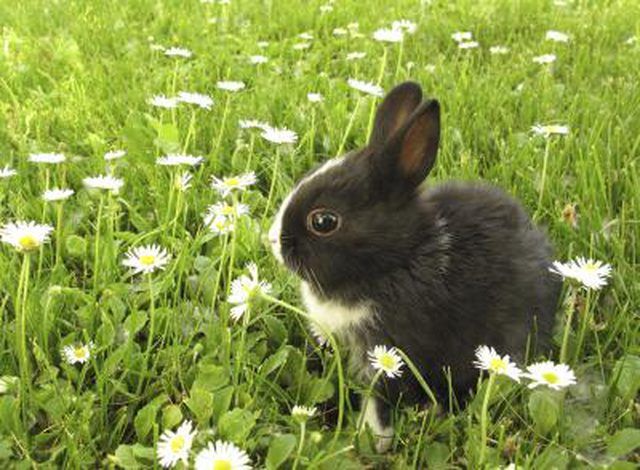Bulbs
Flower Basics
Flower Beds & Specialty Gardens
Flower Garden
Garden Furniture
Garden Gnomes
Garden Seeds
Garden Sheds
Garden Statues
Garden Tools & Supplies
Gardening Basics
Green & Organic
Groundcovers & Vines
Growing Annuals
Growing Basil
Growing Beans
Growing Berries
Growing Blueberries
Growing Cactus
Growing Corn
Growing Cotton
Growing Edibles
Growing Flowers
Growing Garlic
Growing Grapes
Growing Grass
Growing Herbs
Growing Jasmine
Growing Mint
Growing Mushrooms
Orchids
Growing Peanuts
Growing Perennials
Growing Plants
Growing Rosemary
Growing Roses
Growing Strawberries
Growing Sunflowers
Growing Thyme
Growing Tomatoes
Growing Tulips
Growing Vegetables
Herb Basics
Herb Garden
Indoor Growing
Landscaping Basics
Landscaping Patios
Landscaping Plants
Landscaping Shrubs
Landscaping Trees
Landscaping Walks & Pathways
Lawn Basics
Lawn Maintenance
Lawn Mowers
Lawn Ornaments
Lawn Planting
Lawn Tools
Outdoor Growing
Overall Landscape Planning
Pests, Weeds & Problems
Plant Basics
Rock Garden
Rose Garden
Shrubs
Soil
Specialty Gardens
Trees
Vegetable Garden
Yard Maintenance
How to Prevent Bunnies From Eating Flowers
How to Prevent Bunnies From Eating Flowers. Bunnies feed on flowers, stems, bulbs and fruits produced by garden flowers, so they can quickly chew your garden to the ground when feeding in the evening or morning. Plants in the rose family (Rosa spp.), hardy in U.S. Department of Agriculture plant hardiness zones 3 through 9, and the lily family...

Bunnies feed on flowers, stems, bulbs and fruits produced by garden flowers, so they can quickly chew your garden to the ground when feeding in the evening or morning. Plants in the rose family (Rosa spp.), hardy in U.S. Department of Agriculture plant hardiness zones 3 through 9, and the lily family (Lilium spp.), hardy in zones 3 through 9, are favorite treats, but few flowers are safe from a hungry bunny.
Keep Them Out
A 2-foot-tall fence keeps small bunnies, like cottontails, out of the garden, but larger rabbits, like jack rabbits, require a 3-foot-tall fence. Make the fence out of 1/4-inch wire hardware cloth or plastic bird netting attached to stakes around the outer perimeter of the garden. A bunny can push its way beneath a fence, so prevent this by burying the bottom of the fencing material 4 inches into the soil. If your yard is already fenced, burying hardware cloth 4 inches deep around the perimeter and plugging up any gaps in the existing fencing will keep the bunnies from digging beneath it and into your garden.
Change the Habitat
Brush piles and garden debris provide cottontails with protection, which makes your garden a more inviting place to feed. Keep grass and brush mowed, and remove any piles of brush or wood. Low shrubs may also provide cover, so pruning these off the ground can help lower bunny populations. Unlike cottontails, jackrabbits prefer open areas, so long grass and brush piles will make your garden less inviting than a perfectly manicured yard.
A Frightening Solution
Scare devices include wind-operated pinwheels, silver bird tape and motion-activated electronic devices or sprinklers. Although these may frighten off the rabbits for a short time, they eventually become used to them. The scare device also only works in the area immediately surrounding it, so a large garden bed requires multiple devices. Although scare devices may frighten off one or two rabbits, they aren't a long-term solution for an ongoing bunny problem.
Foul Tastes
Odor repellents containing ammonium or potassium salts, or naphthalene, may deter bunnies for a short period, but they wash off if it rains or during watering, and they aren't safe for edible plants. Although mothballs contain naphthalene, they are lethal and should not be used around animals. So only use naphthalene repellents labeled for garden use. Spray these ready-to-use products directly on the ground around the perimeter of the flower bed. Hot pepper sprays sprays containing capsicum repel by taste. These are usually applied in an even coat directly to the plants the bunny is feasting upon. Reapply repellents after it rains or after watering so they don't lose effectiveness.